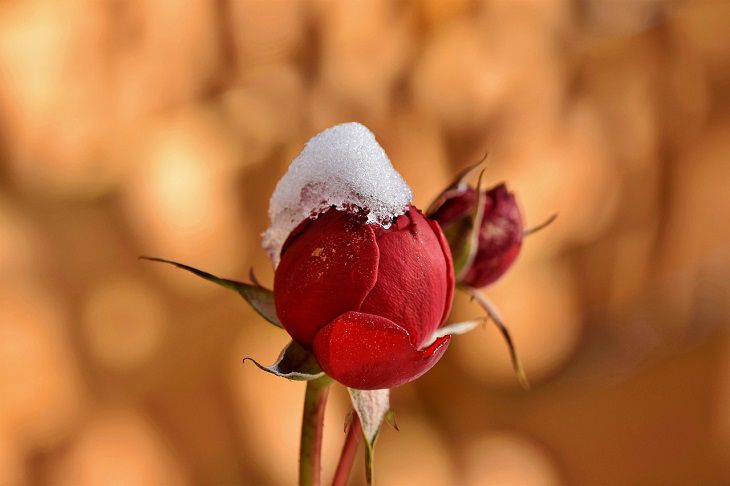In fall, you should prepare your garden for the first snow - and the beginning of November is often the best time to do it.
Preparation matters, because it can help you keep your plants safe in winter, and also make it easier for you to clean in spring.
Here are some things you should do before winter.

Trim and prune
Trim back overgrown or damaged branches on shrubs and trees.
This not only makes your garden look tidy but also helps them withstand the weight of snow and ice.
Mulch and protect your soil
Apply a layer of mulch around your plants, especially the root zones. Use organic mulch like straw, leaves, or compost to insulate the soil.
Consider covering the mulched area with burlap or a special garden fabric to further insulate the soil.
Water and hydration
Make sure your plants are well-hydrated before the first freeze. Properly watered plants are more resilient to cold temperatures.
Remember to disconnect and store your garden hoses before they freeze, as water left inside can expand and damage the hose.
Protect delicate plants
For sensitive or potted plants, consider bringing them indoors or placing them in a sheltered spot like a garage or under an overhang to shield them from extreme cold and snow.
Tree care
Young trees can be susceptible to damage from rodents. Wrap tree trunks with tree guards or burlap to prevent nibbling and damage.
Remove any stakes or supports that might be unnecessary, as they can become hazards in heavy snow.
Lawn care
If your garden has a lawn, make sure it's clean and free of debris. Rake leaves and remove any lawn furniture to prevent dead spots and damage.
Avoid walking on a frozen lawn as it can damage the grass beneath.
Garden tools and equipment
Clean and store your gardening tools in a dry place to prevent rust.
Secure garden furniture and other equipment to prevent damage from strong winds or heavy snow.













